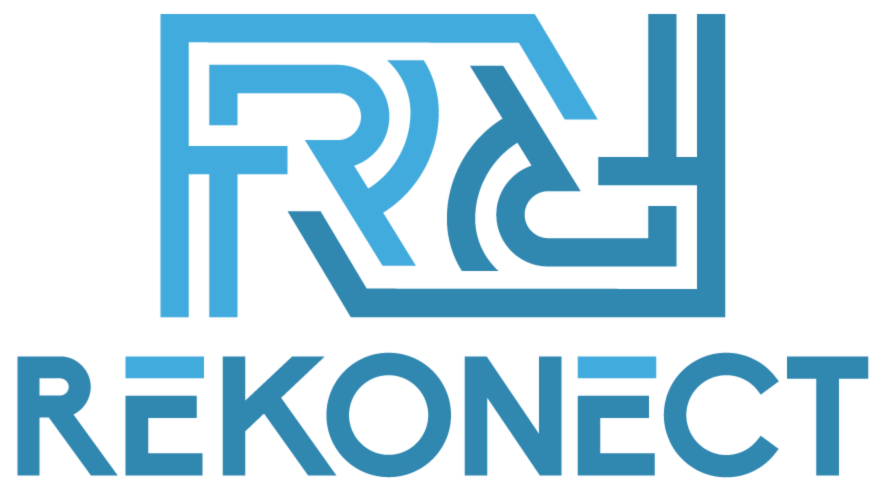Giving Tuesday is one of the biggest days of the year for nonprofit fundraising—falling just after Black Friday and Cyber Monday, it’s become a global movement that encourages people to give back. In 2023 alone, U.S. donors contributed over $3 billion in a single day. But with so many organizations competing for attention, the ones that stand out are those who prepare early.
The truth is, the most successful Giving Tuesday campaigns don’t start in late November—they’re often months in the making. Early planning helps nonprofits build momentum, lock in partnerships, and tell their story before inboxes and feeds get overwhelmed.
In this post, we’ll walk through five strategic ways nonprofits can get ahead of the curve—from sparking early excitement to launching pre-Giving campaigns. These steps aren’t just about being first—they’re about being effective, organized, and memorable when it matters most.
If your team is looking to level up its Giving Tuesday strategy, now is the time to act. Let’s explore how starting early can turn a good campaign into a record-breaking one.
Step 1: Start Building Donor Excitement Now
Giving Tuesday may be months away, but your audience’s attention span isn’t going to wait. Starting early gives you the chance to build awareness gradually—warming up your donors before the giving frenzy begins.
Use email campaigns to plant the seed. Create a short series that reminds supporters of past Giving Tuesday impact, introduces this year’s goals, and builds anticipation. Highlight donor testimonials, photos from last year, or early donation pledges to build emotional momentum.
Social media teasers can also work wonders. Try countdown graphics, “Save the Date” posts, or behind-the-scenes glimpses into what your team is planning. Use Instagram stories or polls to make your audience feel involved early on.
By the time Giving Tuesday rolls around, your donors won’t just be ready—they’ll be excited to act.
Step 2: Plan Collaborative Fundraising Events
You don’t have to go it alone. One of the most effective ways to amplify your Giving Tuesday campaign is by teaming up with other organizations, local businesses, or influencers in your community. These partnerships can expand your reach, introduce your mission to new audiences, and create a sense of shared purpose.
Start by identifying mission-aligned nonprofits or socially conscious businesses. Then brainstorm simple, impactful ways to join forces—like a co-hosted live event, a donation-matching challenge, or a virtual panel about your shared cause. Even something as simple as cross-promotion on social media can double your visibility.
Collaboration also helps relieve pressure. Sharing the workload, promotional tasks, and creative ideas can make the campaign more manageable—and fun.
Step 3: Develop a Storytelling Strategy
Facts raise awareness, but stories inspire action. To truly move donors, your Giving Tuesday campaign needs a strong storytelling foundation—one that shows the human side of your mission and the tangible impact of their support.
Begin by identifying a few powerful narratives: a family your organization helped, a volunteer who made a difference, or a program that changed lives. Use photos, quotes, or short videos to bring these stories to life. Make your audience feel something—hope, urgency, pride—then invite them to be part of that impact.
Release these stories slowly in the weeks leading up to Giving Tuesday. Each post, email, or video should build on the last, creating a narrative arc that leads to the big day.
Step 4: Leverage Matching Gifts and Incentives
Few things motivate donors like knowing their gift will go twice as far. Matching gifts—where a sponsor agrees to match each donation up to a certain amount—can create urgency, boost average gift size, and give your campaign a powerful psychological edge.
Start early by reaching out to corporate sponsors, foundations, or major donors who might be willing to pledge a match. Present it as a way for them to double their impact and gain visibility in the community. Offer co-branded graphics or special mentions in your campaign materials as a thank-you.
In addition to matching gifts, consider other incentives: exclusive thank-you gifts, public recognition, or early access to events or content. These small perks can tip the scales for hesitant donors.
Step 5: Launch a Pre-Giving Campaign
Why wait until the Tuesday after Thanksgiving to start receiving donations? Launching a pre-Giving Tuesday campaign allows you to engage early supporters, build campaign momentum, and showcase initial success before the big day.
Create a “soft launch” phase where trusted donors, board members, and loyal supporters can give early. This not only helps you raise funds in advance, but also sets a tone of urgency and credibility for the wider campaign. People are more likely to give when they see others already stepping up.
Encourage early donors to share their contributions on social media, tagging your organization and using a consistent hashtag. This generates word-of-mouth buzz and peer influence that can carry over into your main campaign push.
Conclusion: Early Action Leads to Greater Impact
Giving Tuesday may be just one day—but the planning, momentum, and results can span weeks or even months. By starting early, your nonprofit gains more time to engage donors, craft compelling stories, and forge powerful partnerships that elevate your campaign from good to exceptional.
Whether it’s launching teaser emails, securing matching sponsors, or encouraging early gifts, each step you take now multiplies your impact later.
Need more resources and tools to help you get the most out of your efforts? Rekonect is here to help. Explore our library for fundraising tools that you can use to maximize your ability to make a difference.
Want to learn more about raising funds for good causes? Contact Rekonect today!

